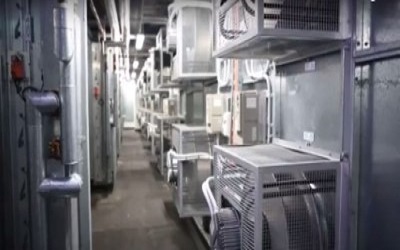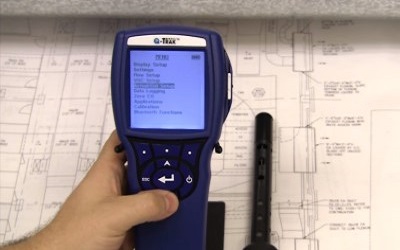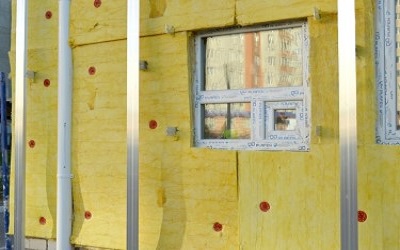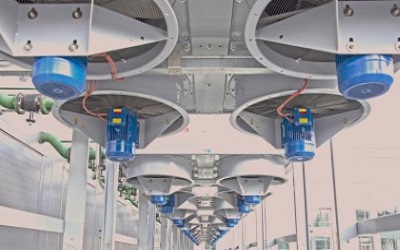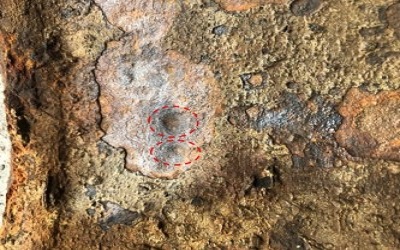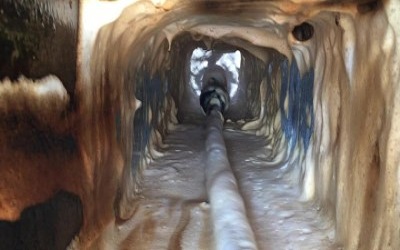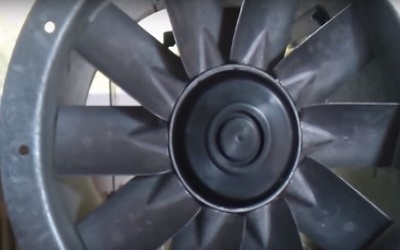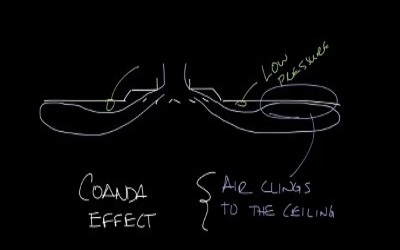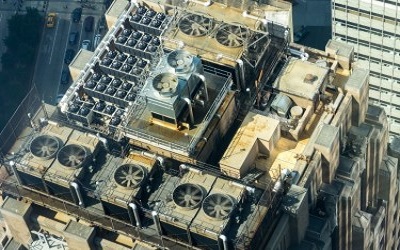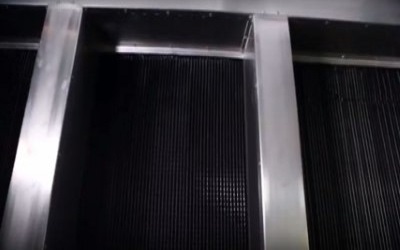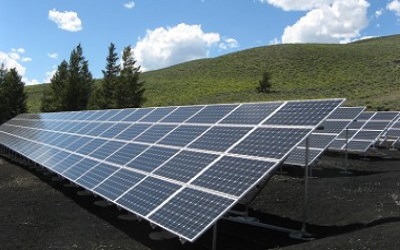HVAC challenges and beyond
What is coanda effect?
How does coanda effect relate to HVAC supply diffusers?
When diffusers are installed flushed with ceiling, one will need to relate the supply air throw and drop performance characteristic against the design volume flow rates.
Essentially, we want to avoid air from supply diffusers dumping cold air onto the occupied zone. Air diffusers need to be selected to ensure the air velocity say 1.8m at about head height defined for the top of occupied zone; should not exceed air terminal velocity of 0.25m/s, this will ensure a gentle air velocity within the occupied zone.
In the absence of a ceiling (hence absence of coanda effect), if the diffusers are not selected appropriately, you will be dumping air into the occupied zone if the air diffusers discharge velocity is too high.
Check out the video below that aptly put these concepts into play.
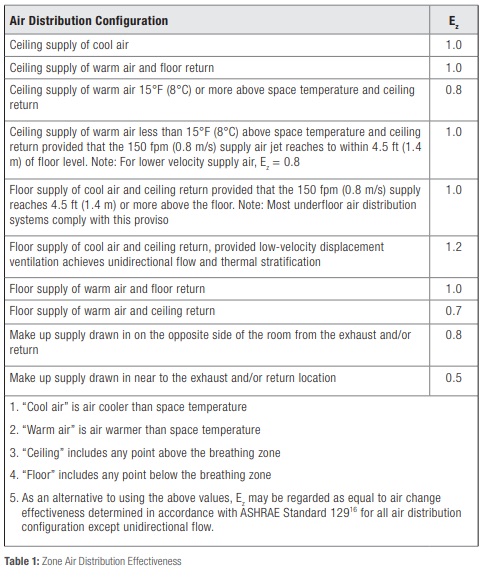
So the next time you have a complain … better still, select your diffusers appropriately to mitigate the problems before its a problem.
Related
Read more: Fan wall
Read more: How to verify the percentage of outside air in an enclosure
Read more: BCA Part J5 Air-conditioning system control
Read more: Microbial Induced Corrosion (MIC) in Pipes
Read more: Is your kitchen exhaust system a fire hazard
Read more: What is coanda effect
